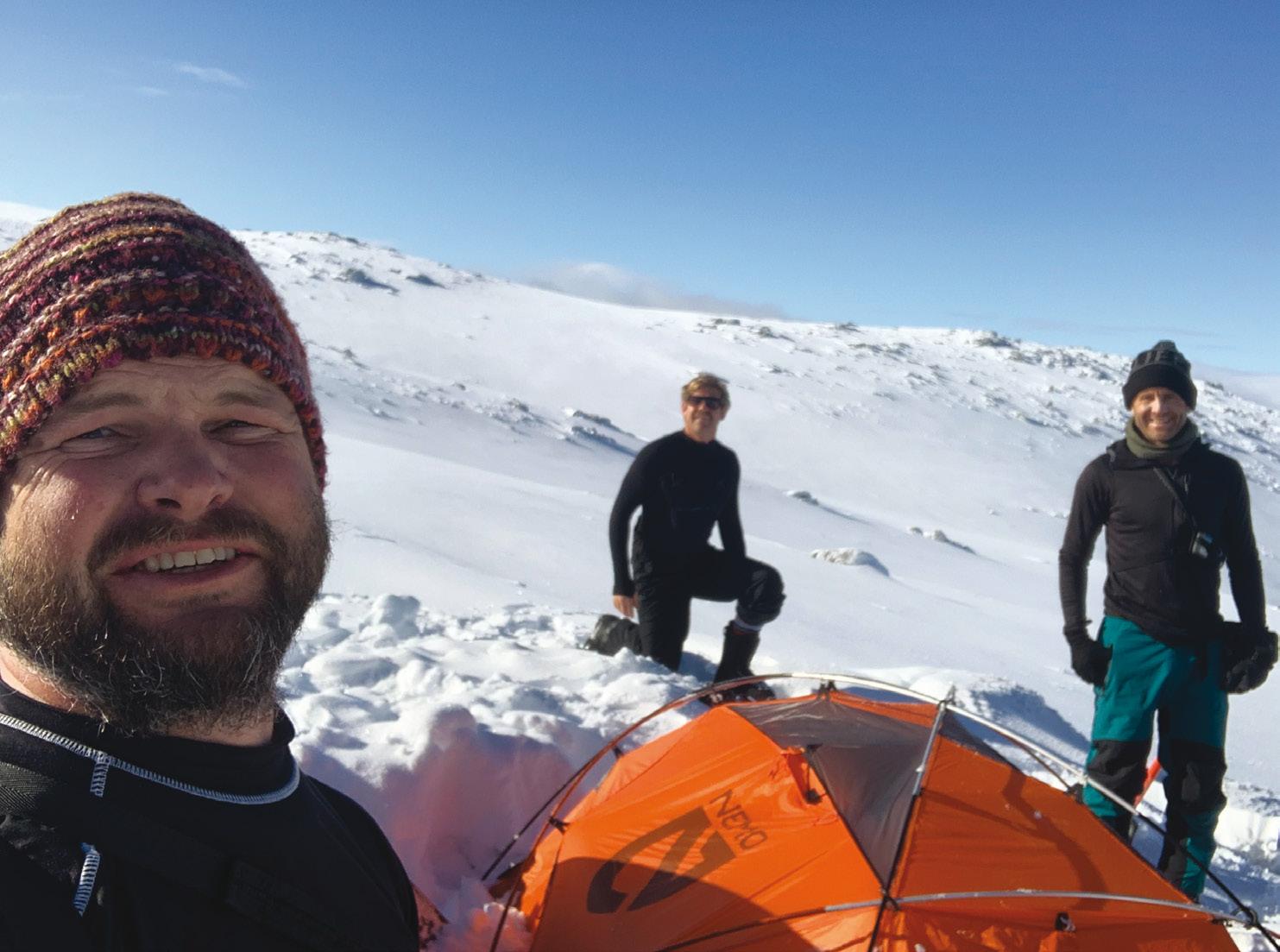
2 minute read
PHIL PETTITT
What are your key responsibilities?
My role is to lead and support the Youth and Community Greening team to deliver outreach horticultural education programs across New South Wales. We support communities in social housing and young people in low socioeconomic areas. This includes First Nations communities, refugees and other diverse groups in need. I support the team by ensuring we have funds, materials and resources to deliver our programs in partnership with multiple corporate, government and nongovernment organisations. This involves lots of meetings, travel and coordination. There are many key relationships that need to be maintained and enhanced, while also ensuring that the community is a key stakeholder in the program’s development and delivery. Community Greening is about empowering communities to make the change, and co-design and co-build projects and programs to meet their needs. They could be social and therapeutic programs, food security programs, or horticultural/community training and development and much more. Our programs are guided by people, plants and place.
Advertisement
What first got you interested in plants and how did it lead to a career in the field?
I started gardening from a young age at home and had a family of gardeners, including my parents and grandparents on both sides. I remember a key school holiday when some new neighbours – the Wild family – began landscaping their yard. They bought in massive low loader trucks and craned in huge palms – this was an eye opener for me in how plants could transform space, and I guess looking back, how they could transform people (i.e., me). I later engaged Pete and Tony Wild’s company, Transplant Industries, to work on a major landscaping project at NSW Parliament House for the Botanic Gardens’ Commercial Horticulture team.
Tell us about your career prior to joining the Gardens in your current role?
Most of my horticulture career has been based at the Royal Botanic Garden, where I trained as an apprentice. I spent a short time away but realised I needed to be around people that really loved the work they did. Prior to joining the Community Greening team, I was the team leader at Government House, a senior propagator and Commercial Horticulture’s senior horticulturist. When I started in Community Greening we had a team of four. We now have a team of 10 incredible staff, including four First Nations roles.
What have been some of the highlights of your work in horticulture therapy?
The biggest highlights are often when people see how plants directly benefit their health and community. The most impactful moments, however, are when you connect with individuals, sometimes after a period of time, and see them move from being a participant to the person delivering these valuable horticultural programs. I’ve seen people go from being unemployed and depressed to now using the skills they learned in our program to support others in need in their communities.
What is your favourite community garden? What makes it so special?
I can’t single one out because there have been many over the years – all with their own special stories, people or plants. But ones that have had the most impact on me recently would include Wilcannia and Bourke for their food security and impact, Granville Restoring Garden for its therapeutic programs and work with new Australians seeking asylum and suffering from trauma, and maybe Myrtle Street Chippendale for its amazing use of space.
When you are not working, what do you like to do?
When I am not working you will find me with friends and family in the mountains or exploring nature with my wife and kids. I love snowboarding and camping in the back country with mates – even though it’s arduous it is serene, and you are exposed to the wilds and beauty of nature. You truly are at the edge of your limits in this type of terrain.
Tell us one thing that might surprise people to learn about you.
I like to ocean swim year-round with a group of mates – I aim for at least one ocean swim and a surf each week when my schedule permits. Also, when I have spare time, I volunteer at my local beach as a lifeguard, which keeps me fit and gets me outside even in bad weather.










